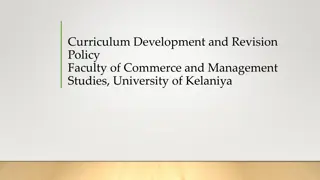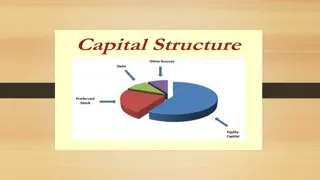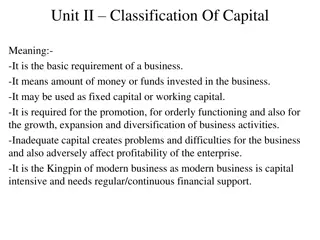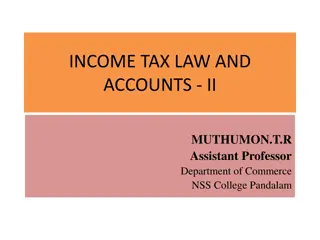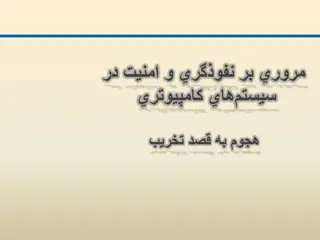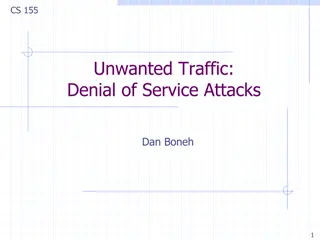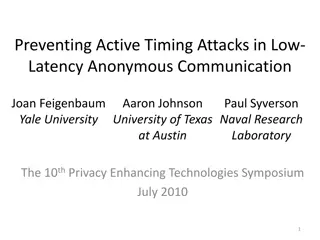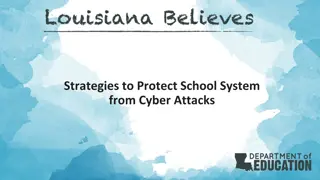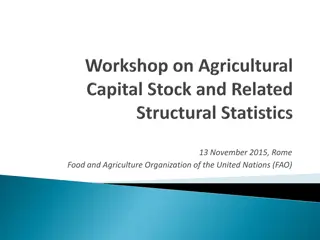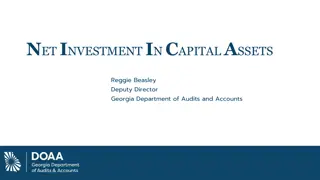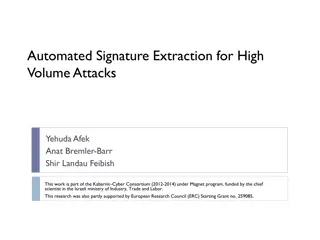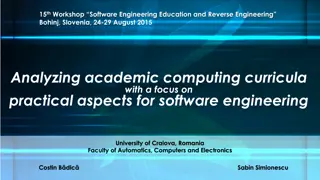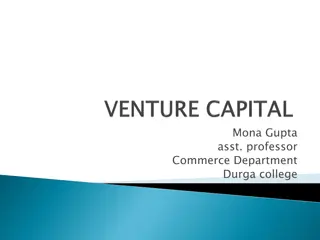Developing HE Policy and Curricula Beyond Capital Attacks
This study delves into the challenges faced by higher education institutions in the West and the East, offering insights on overcoming barriers to educational change. Through qualitative research methods and a focus on technology, it aims to drive transformation in teaching and learning approaches for a brighter educational future.
Download Presentation

Please find below an Image/Link to download the presentation.
The content on the website is provided AS IS for your information and personal use only. It may not be sold, licensed, or shared on other websites without obtaining consent from the author.If you encounter any issues during the download, it is possible that the publisher has removed the file from their server.
You are allowed to download the files provided on this website for personal or commercial use, subject to the condition that they are used lawfully. All files are the property of their respective owners.
The content on the website is provided AS IS for your information and personal use only. It may not be sold, licensed, or shared on other websites without obtaining consent from the author.
E N D
Presentation Transcript
TEL in the West and the East: Developing HE Policy and Curricula Beyond Capital Attacks and National Stereotypes Maria Fragkaki PhD., Med., MSc. FHEA King s College London- Al-Quds Open University
Learning Objectives I. To present the restrictions HEIs in the West and the East are facing within the economic, social and cultural frameworks they function; II. To identify enablers that could meet these challenges, smash the existing barricades and develop actions for an educational change
Participants 4 countries (mainly): UK, Palestine, India and Turkey; 5 universities: King s College London, Hyderabad University, Ambedkar Univ. Delhi, Jadavpur Univ. of India, Al-Quds Open Univ. and Open Univ. of Cyprus; 1 Council: British Council in India
Research Methodology The findings of this paper are a combination of two types of qualitative research methods: i. Action Research Palestine ( e-Pal Project, 2015) i. ii. Literature Review India (E-Qual,2014-2017) ii. Palestine (Erasmus+, 2016/2017) iii. Turkey, Iran, Egypt and Saudi Arabia (5thICCE International Conference, Wroclaw, Poland 2016) i.
What is the problem? in Europe The characteristics which define the successful education systems are unlikely to be those which will define success in the future (OECD/CERI 2013), even: Technology consists a key component in European (EU) Higher Education The explosion of knowledge combined with the growing power of technology and create the potential to transform even the most fundamental unit of education - the interaction of the teacher and the learner
What is the problem? In UK Despite its leading reputation for ICT in education and the ambitious education policy, the technology, the ambition and the world-class agencies, the returns in the meaning of transformation in HE pedagogies and strategies, are still unsatisfactory with the vast investment in change not to have been matched in education (BECTA, 2016), so: Why there have been so little transformation when so many key-benefits exist? (Laurillard, 2008)
What is the problem In Turkey, appears to be under the attack of religion than the market . The reason is that religion is used as a tool of pressure in the hands of the state beyond community culture. ( nal zmen, 2016) In Saudi Arabia Correct comprehension of religion and sexual discrimination still exists at all education stages. Information that contradicts with Islam was excluded from the curricula and text books in Iran and women are not allowed to receive education abroad.
What is the problem? In Pakistan Children of soldiers, politicians and rich people are educated in high-standard schools where English is the language of education to take over the government. In Syria and Iraq Only religious and military education is provided.
What is the problem Muslim countries as Egypt, Tunisia and Jordan have covered considerable ground in the path to modernization Religious Education still appears to remain a reference to find jobs in public work places. Private schools gain importance as parents think that there cultural and social necessities are satisfied.
What is the problem In India There is a decline in learning levels, teaching positions are vacant, and absenteeism of teachers and students is high, there is widespread corruption in appointment and transfer of teachers Exist many inequalities in terms of both connectivity access and infrastructure quality in population groups and geography.
What is the problem In Palestine Educators and students try to be functional and productive under occupation political framework Cultural and social taboos are strengthened while gender and class divisions are widened Education is struggling to meet the challenges and the innovation f the post-digital era
RESULTS I. To present the restrictions HEIs in the West and the East are facing within the economic, social and cultural frameworks they function
Challenges in the West Cultural Restrictions Domination of Market s needs to the educational system HEIS development programmes, strategic plans, curricula, and targets, are closely related with the labour market needs (e.g. STEM content, employability and entrepreneurship skills); HEIs missing opportunities to imped employability and entrepreneurship skills; Lack of achievement gap concerning multiple disadvantaged groups (e.g. access, funding, infrastructure, connectivity)
Challenges in the West Educational Restrictions Lack of preparation for the knowledge society in terms of different literacies and problem-solving skills; Lack of success on both educators and students wellbeing and cultivation of emotional intelligence skills; Lack of knowledge obsolesce managing;
Challenges in the West TEL integration restrictions Lack of supporting all stakeholders and institutions to cultivate and use effectively Digital Literacies and competencies There is a slow nature of quality assurance processes to face the speed of development of educational technologies, and this also lead to the inhibition of innovation. The present Code of Practice does not recognize the range of ways in which technology supported learning
Challenges in the East Cultural Restrictions Gender and class discriminations are barriers to equality in Education Cultural and social taboos preventing the use of ICT and social networking in some areas; Political tension and disorders affect educational systems Bureaucracy, rigid centralization and corruption prevent clear and fast procedures as well as innovation Religious fanaticism dominates in the curricula and the general pedagogical framework Lack of international collaboration and networking exists among countries and HEIs in the West;
Challenges in the East Education Restrictions Lack of learning spaces, infrastructure and existence of overcrowded classrooms; Lack of updated curricula, learning theories and emerging teaching methodologies; Lack of quality assurance policy; Little capacity of importing employability and entrepreneurship skills
Challenges in the East TEL Integration restrictions Lack of both educators and students digital literacy and digital competencies Lack of policy recognition of the TEL added value in supporting learning and adapted policies; Disregard of eLearning courses Lack of ICT infrastructure, active learning spaces and connectivity; Technocratic point of view on lesson plans and learning activities Lack of TEL authentic learning Low quality of OER
Conclusions II. To identify enablers that could meet these challenges, smash the existing barricades and develop actions for an educational change, using technologies are offering. the advances emerging
In the West Technology Enhanced Learning (TEL) must: integrate eLearning methodologies and easy and accessible environments to bridge the social gaps with smartness, offering equal access and participation to the knowledge society be integrated to the strategic frameworks of HEIs, cultivating educators and students critical thinking and problem- solving skills, arming them to face smart capital attacks re-examine their curricula providing students with the philosophy and theory that is hidden behind the teaching actions and the reckless use of technology Open Educational Resources (OER) must: be part of the everyday teaching practice under a critical view and openness
In the East Educational system needs: a critical balance between the pressures and opportunities of the global knowledge economy and the needs and desires of the east countries; the cultivation of each country s cultural identity, to fight the stereotypes and the ghosts of the past; the empowerment of global cultural values; the customisation of the academic experience to students needs; the enrichment, preservation and diversity of local languages, institutions, culture and traditions
Both in the West and East Modern Education both in the West and East must largely succeeds to deliberate the educational systems and encourage the societies hoping for a healthy, happy and sustainable future, through continuous innovative initiatives. Critical Pedagogies, on the edge eLearning and blended technological environments and Open Educational Resources (OER) can be a part of the everyday learning and teaching process A smart TEL can provide the field to university students and academics to flourish and meet the challenges of the post-digital era, creating a fair, deliberated and sustainable future for all.
Conclusion You must be the change you want to see by the world Mahatma Gandhi
Acknowledgements To the MOEHE of Palestine and India for their contribution with their official documents on Education Policy; To my colleagues Dr. Aydah Mohammad Ali for her valuable contribution; Mr. Mahmmoud Hawamdeh and Ms Saeda Mustafa, all from the Al-Quds Open University for their continuous and valuable collaboration;. To my colleagues of Hyderabad University of India for their report on India policies, D. Laurillard, ( 2008)- Digital technologies and their role in achieving our ambitions for education. Institute of Education, University of London, 2008 www.ioe.ac.uk/publications I would like to gratefully acknowledge the involvement of my colleague Professor John for his views on the integration of TEL in Education To my my colleague nal zmen from the Turkish Journal of Birgun of Istanbul in Turkey for his critical report on Turkish Educational Policy.
Acknowledgements QEQA in e-Learning Special Interest Group (2010). QAA Code of Practice Section 2:- Collaborative Provision and flexible and distributed learning (including e-learning) (2010). A Commendatory and Critique. D. Laurillard, ( 2008)- Digital technologies and their role in achieving our ambitions for education. Institute of Education, University of London, 2008 www.ioe.ac.uk/publications NMC Horizon Report for Higher Education Edition (2017) OECD/CERI (2003) International Conference Learning in the 21st Century: Research, Innovation and Policy 21st Century Learning: Research, Innovation and Policy. Directions from recent OECD analyses
Acknowledgements PISA (2003). Initial Reports. Learning for Tomorrow's World First Results from PISA 2003 Problem Solving for Tomorrow's World First Measures of Cross-Curricular Competencies QEQA in e-Learning Special Interest Group (2010). QAA Code of Practice Section 2:- Collaborative Provision and flexible and distributed learning (including e-learning) (2010). A Commendatory and Critique. 7th ESRC Research Methods Festival, Bath, 5-7 July 2016 TEF (2016). Teaching Excellence Framework. Technical Consultation on year two. Department of Business Innovation and Skills. May 2016 White Paper (2016) The White Paper: Success as a Knowledge Economy: Teaching Excellence, Social Mobility and Student Choice. Department of Business Innovation and Skills Ref: ISBN 9781474132862, BIS/16/265 UNICEF ANNUAL REPORT (2011) in https://www.unicef.org/nutrition/files/UNICEF_Annual_Report_2011_ EN_060112.pdf






